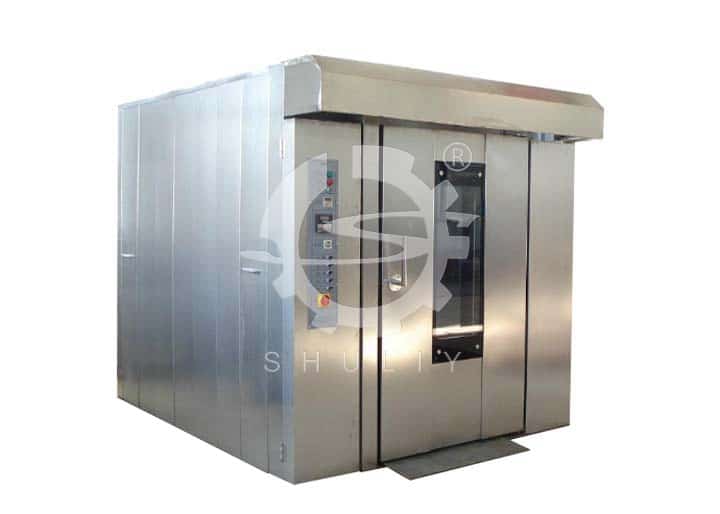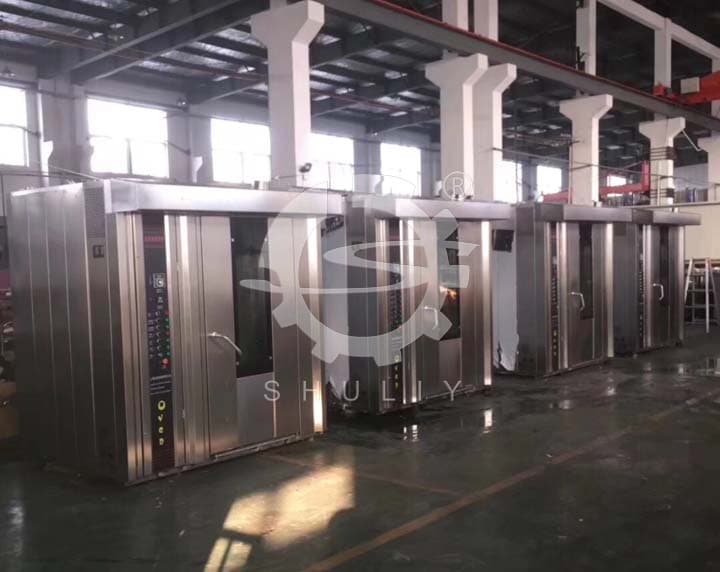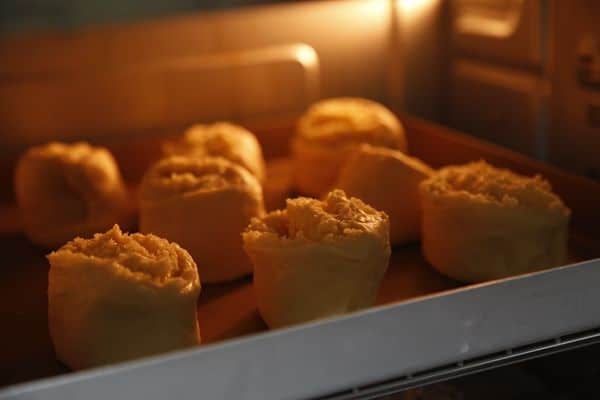The oven is the standard distributor for baking food. A small electric oven can bake and produce a wide variety of cuisines. Over the years, whether in China or other countries, more and more family members who love baking have emerged. Everyone loves making all kinds of pastries, breads, desserts, pizzas, etc., so the home baking market has grown.
At the same time, the competition in the baking and catering market is becoming increasingly fierce, with large and small baking oven brands emerging. In recent years, due to the rapid development of the Internet, more and more private baking studios have appeared. Also, more and more people have joined the industry, even operating as small businesses. But many of them are investing in this small business in their personal names. Capital investment is intimidating, especially the high investment in equipment is prohibitive for many people. So the idea of replacing a commercial oven with a home use oven was born, but does it really work?
This article mainly discusses the differences between home use oven and commercial oven from 7 aspects.
Application occasion
Home use ovens are generally used as home appliances in housewives. However, the commercial oven has a wider range of applications, suitable for various commercial catering environments. Such as western restaurants, baking shops, pastry shops, steak houses, pizzerias, and so on.
Volume size

The home use oven does not need to bake a large amount of food each time, and does not need to work continuously for a long time. Therefore, the volume of a home use oven does not need to be large. However, the baking requirements of commercial ovens are different. In commercial places, they need to be able to work continuously. And the volume must be large enough to ensure the production efficiency. Commercial ovens have larger serving sizes than home use ovens, as well as much larger serving sizes.
Intensity of work
Home use ovens are used less frequently than commercial ovens. Moreover, commercial ovens work at high frequency every day, and the work period is relatively concentrated, and there will be multiple baking peaks every day. This is a very big test for the oven. Once the failure strikes, the impact range is very large. If home use ovens are used as commercial equipment, not only the production efficiency cannot keep up, the equipment is not durable, and it is easy to malfunction or even damage.

Temperature control
Generally, the volume of a home use oven is not large, and the temperature is basically stable and uniform. But the actual temperature fluctuation after baking is large, and the quality of the baked pizza will be very unstable. Commercial ovens have strict requirements on temperature stability, uniformity of heating, and accuracy of time. Different commercial uses are adjusted to different temperature ranges. If you are baking pizza, you need a professional pizza oven to accurately control the temperature.
Power
This is one of the main differences between a commercial oven and a home use oven. The power of a commercial oven is much larger than that of a home use one. It requires three-phase power and the voltage is 380v. The household electricity is generally two-phase electricity, the voltage is only 220v, the power is much lower than commercial ovens.

Way of energy consumption
Home use ovens are generally electric ovens, while commercial ovens consume electricity in addition to electricity, and can also be heated by gas, natural gas or liquefied gas. And after all, commercial ovens are high-power equipment. In the long run, the cost of gas is much lower than electricity.
Price

Because commercial ovens require high-frequency operation, they must fully consider functionality and durability. The choice of materials is higher, the technology is more sophisticated. Also, the design is more humane, and the price will be much higher. The price range is also very large, with commercial ovens ranging from tens of thousands, hundreds of thousands, hundreds of thousands, and millions. The design of home use ovens is relatively small and convenient, with a slightly single function. The price is usually a few hundred to thousands. Compared with commercial ovens, the price will be very cheap.



